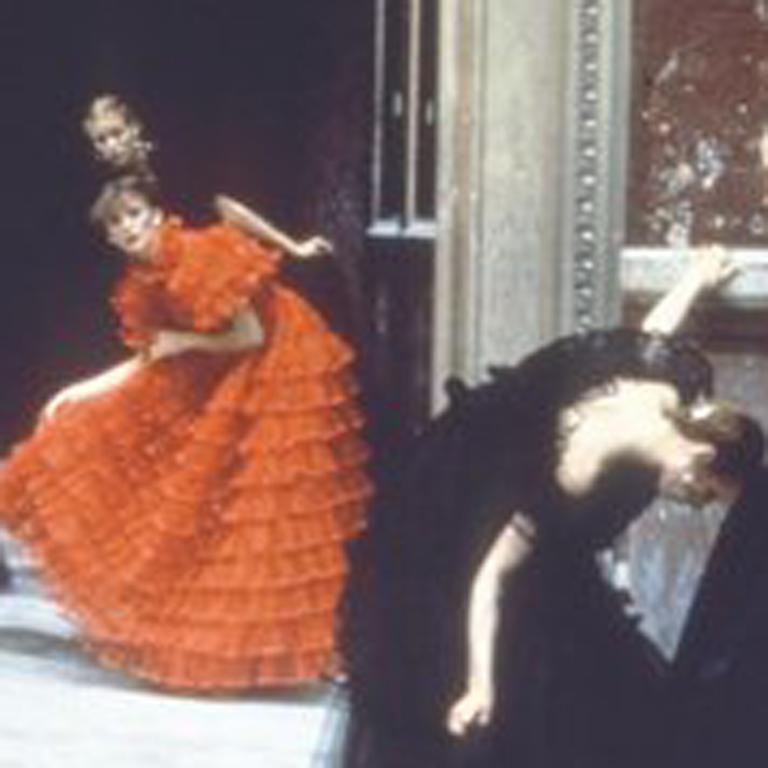

One event may illustrate the aspiration of the Turbeville family to distinction: in elementary school one asked a young Deborah Turbeville and her classmates to make a drawing in chalk about Christmas or America. She was "timid and shy," according to her mother, Turbeville wrote in the introduction to her book Les Amoureuses du temps passé: "I grew up in the little world of my parents, my aunts, my grandmother, where they all protected me and I did what I wanted and I never conformed to what the other children were doing, and I never resembled them." Her mother would tell her: "Don't ever try to be like others, strive to be yourself, be original." She grew up in a world of adults: "In all that my parents did, I accompanied them."

This familial community, which cultivated its members' intellectual superiority through frequent trips to Boston's opera and cinemas, also suffered from this exile in the suburbs: "My mother deeply despised mediocrity, and that's what this kind of small city represented for her."ĭeborah had an older brother called Tom, who lived in New York on Riverside Drive at the same time Deborah was living there. Deborah's father, who was from Texas, also lived in the house. Upon his return to the United States, he bought a large house, isolated in the periphery of Boston, which Deborah's mother and aunts inherited. Her paternal grandfather had dreamed of being a painter in Paris. Īccording to Turbeville, her work was deeply inspired by her childhood: "I am like a child, I must manage it every hour of every day." She was born into a wealthy family in New England that desired to be both distinguished and isolated, but paradoxically suffered from this isolation. Luke's-Roosevelt Hospital Center in Manhattan on October 24, 2013, at the age of 81. īorn in 1932 in Stoneham, Massachusetts, Turbeville died from lung cancer at St. Her photographs appeared in numerous publications and fashion advertisements, including ads for Bloomingdale's, Bruno Magli, Nike, Ralph Lauren and Macy's. In 2009, Women's Wear Daily wrote that Turbeville transformed "fashion photography into avant-garde art." She was the only woman and only American among this trio. However, unlike the "urban erotic underworld" portrayed by her contemporaries, Turbeville's aesthetic tended towards "dreamy and mysterious," a delicate female gaze.

She is widely credited with adding a darker, more brooding element to fashion photography, beginning in the early 1970s – she, Guy Bourdin and Helmut Newton changed it from traditional, well-lit images into something much more "edgy" looking. Although she started out as a fashion editor at Harper's Bazaar, she became a photographer in the 1970s. Deborah Lou Turbeville (J– October 24, 2013) was an American fashion photographer.


 0 kommentar(er)
0 kommentar(er)
